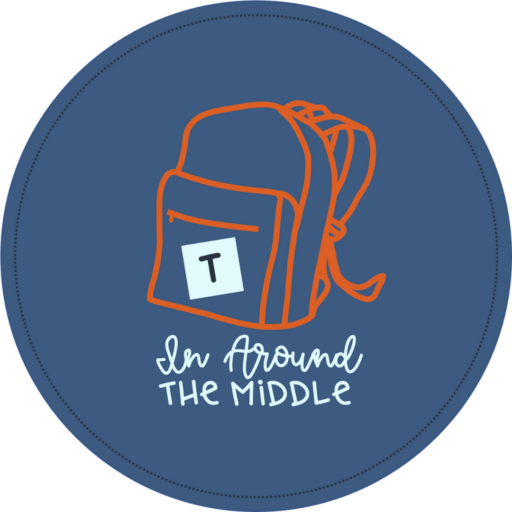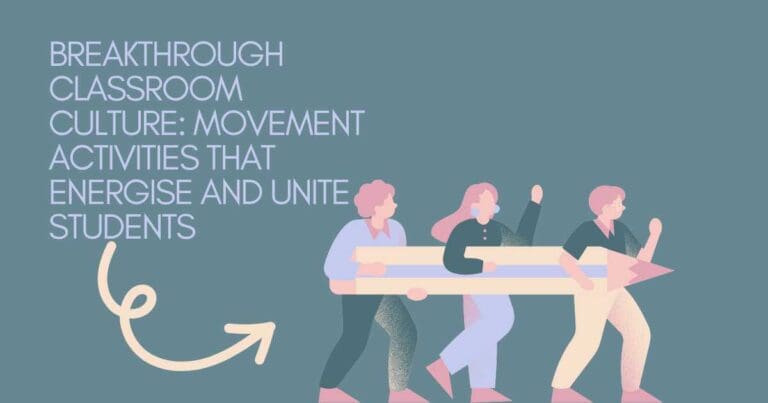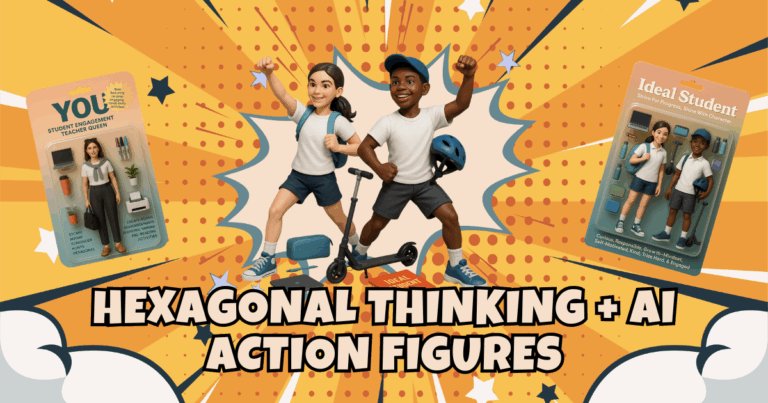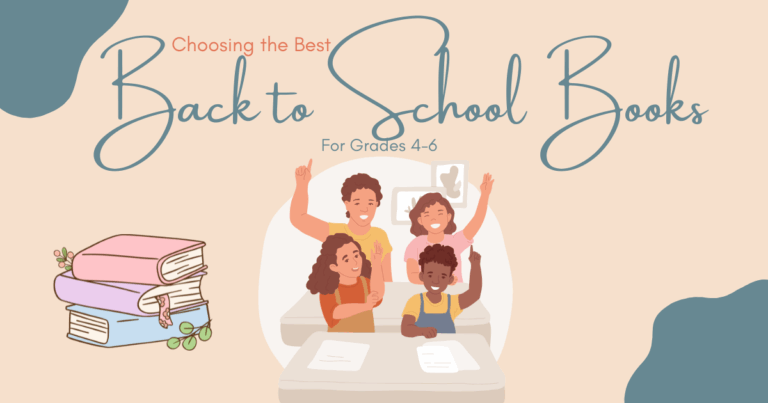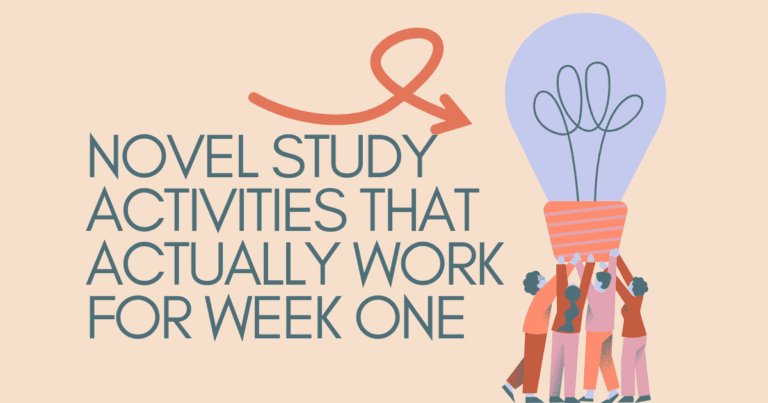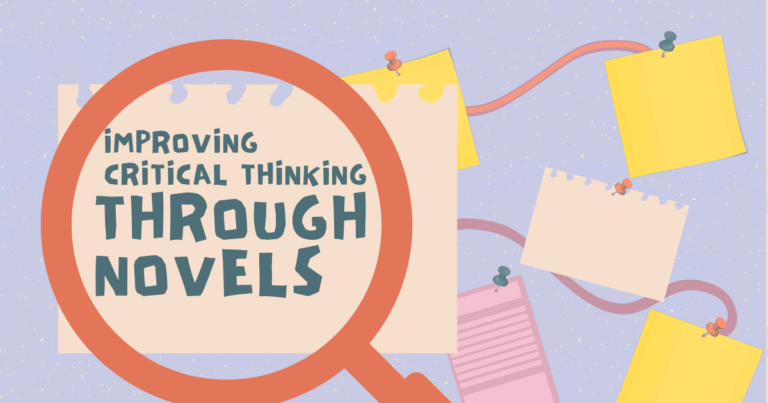How to Foster Positive Peer Compliments in Teams
One of the key beginning-of-year goals in classrooms is to establish a positive classroom culture with strong relationships and teamwork skills. As teachers, we do all sorts of games and activities to focus on this. However, in the myriad of activities and skill development, I think two skills are often missed or underdeveloped: positive peer compliments and feedback.
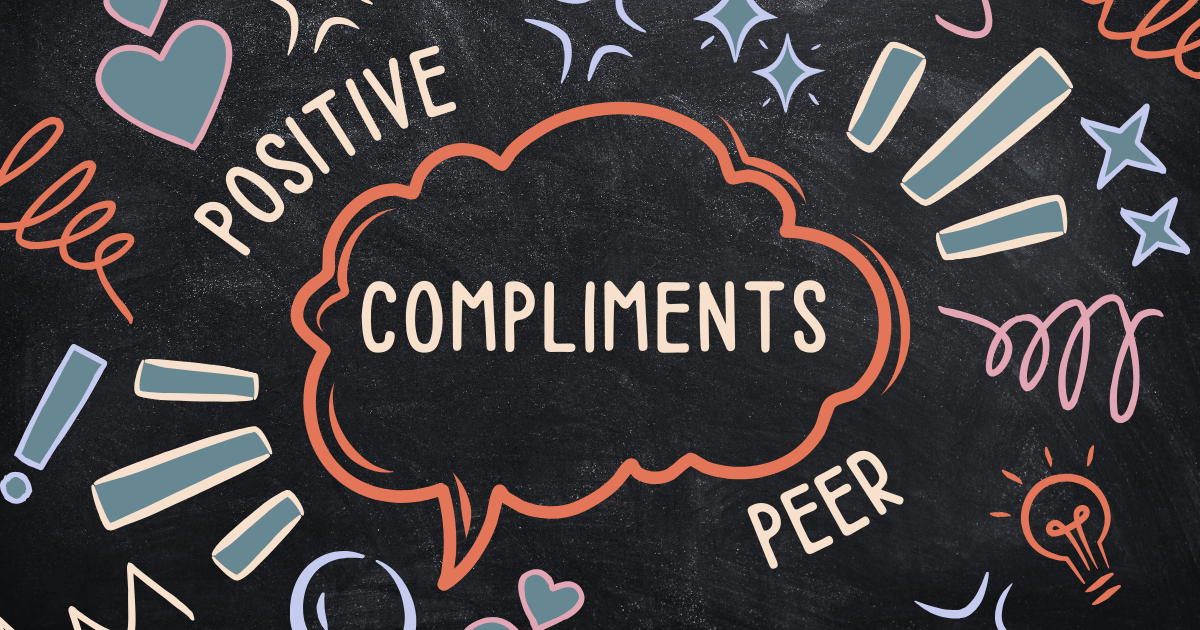
The Importance of Positive Peer Compliments
giving positive feedback
I don’t know about you, but while I have found that my students get better at listening to and taking on board my feedback throughout the year, their ability to give feedback does not. This year I decided to start them building this skill from the very beginning of the year in a very explicit and intentional way.
Teaching Students to Give Meaningful Compliments
During their beginning-of-year activities, when I let them know what skills I wanted them to focus on during an activity, I also told them that I wanted them to intentionally watch their team members for displays of these skills and keep a mental (or physical) note. At the end of their activity, they were going to compliment each person on their team around this focus skill.
This was week 2 of school and the class had already worked in groups to look at each of these skills and pull them apart. How each of these skills impacted them, those around them and the whole class. (Check out my blog post here for more details). Now they were practicing the skill and they had a pretty good idea of what it should look/sound like.

Giving them the heads-up beforehand allowed them to focus not only on practising that skill beforehand but also to look for it in others because they knew they were going to be called on and needed to be prepared.
Day One – Compliments Chain
On the first day, they wrote the complement on strips of paper, one for each group member, and then handed them to each member once they were done. Some really struggled with this, but what I found was that as soon as they were given their own compliments they not only:
- Had a better idea of what to do
- Knew that it was socially acceptable to do it, but
- Lit up like a Christmas Tree when they read them!
Writing them down took quite a long time and a few still struggled to get it right, but taking the time to come back to a whole class regroup where I asked for a few volunteers to share their favourite compliments, helped iron this out for round two (because a compliment for being a good Fortnight player was not quite what I was after). When we were done they put them together in a compliment chain.
Day Two – Practicing and Reflecting on Compliments
Day two went a bit more quickly and I had groups share their compliments orally in their teams. Each team member then went back to their desk and wrote down their favourite compliment and added it to their compliment chain.
Days three and four improved even more. Students became much more focused and specific in their compliments, many even giving examples of the skill in action that I had modelled for the class on day three.
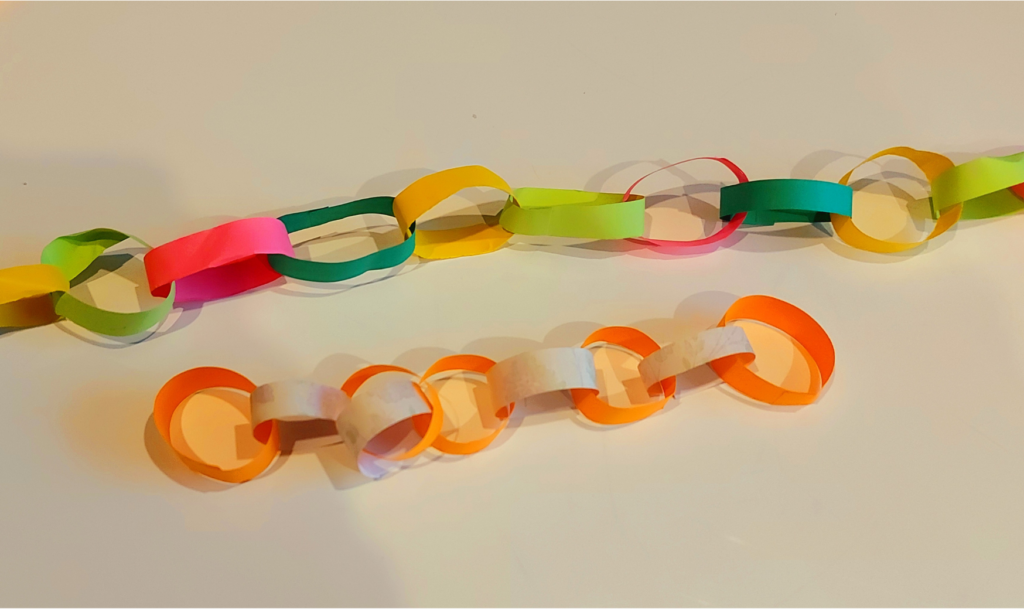
Teaching Students to Receive Compliments
The biggest thing that I noticed throughout the week was that my students not only got better at giving feedback but at receiving feedback. For a lot of students, getting specific praise from a peer that didn’t involve their sporting or gaming skills took some getting used to. By the end of the week, there was a lot less staring into their laps with muttered thank yous and more grins and clear thank yous. In focusing on building a positive classroom culture and relationships and teamwork, I managed to help them build their social-emotional skills as well. Not to mention the fact that I’ve now put down the groundwork for teaching effective peer feedback.
Don’t forget to grab your free productive struggle flow chart and questioning freebie here. Wanting more ideas on embracing productive struggle in the classroom? Check out my post on productive struggle and gamified learning here.
What are your favourite ways to promote productive struggle in the classroom? Share your stories and strategies in the comments, or connect with me on social media!
Happy Teaching!
